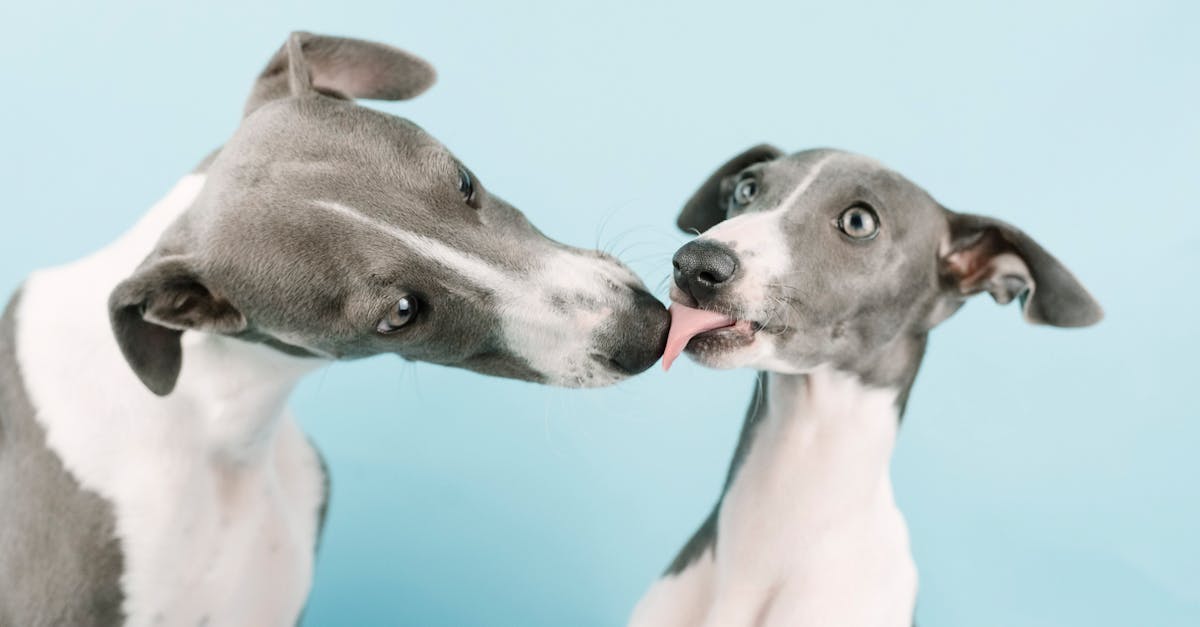Why Do Dogs Lick Each Other? Understanding Canine Behavior
If you’ve ever wondered why your furry friend can’t seem to stop licking other dogs, you’re not alone. Dog licking is a common behavior that can mean a variety of things in the world of our four-legged companions. From showing affection to communicating dominance, their licks speak volumes in their unique doggy language. As a seasoned dog trainer, I’ve seen firsthand how this seemingly simple act can hold a multitude of meanings in the intricate social dynamics of our canine pals.
When your dog leans in for a lick, it’s like they’re sharing a secret code with their fellow canines. Understanding the reasons behind this behavior can offer a glimpse into the fascinating world of dog communication. So, the next time you catch your pup engaging in a licking session with their furry friend, remember, there’s more to it than just a wet nose and a wagging tail.
Understanding Dog Behavior
The Role of Licking in Canine Communication
When dogs lick each other, it’s a way of communicating important messages. Licking can convey submission, respect, and affection. Your dog may lick another dog’s mouth to show deference or be the first one to break the ice.
Licking as a Social Bonding Activity
For dogs, licking is more than just cleaning. It’s a bonding experience that enhances social connections. Through licking, dogs strengthen their relationships, establish trust, and build camaraderie. Licking can also reassure anxious or insecure dogs during social interactions.
Health and Hygiene Reasons
Licking for Grooming Purposes
When dogs lick themselves or other dogs, they’re not just showing affection; they’re also keeping themselves clean. Licking helps them remove dirt, debris, and even parasites from their fur. It’s a natural grooming behavior that helps maintain their hygiene.
Detecting Health Issues Through Licking
Dogs have an incredible sense of smell. When they lick themselves excessively in a particular area, it could indicate an underlying health issue. Pay attention to any changes in their licking behavior as it might be their way of signaling discomfort or pain. Regularly checking your dog’s skin and coat can help you spot potential health problems early on.
Expressing Affection and Submissiveness
Licking as a Sign of Love
Dogs lick each other to show affection; it’s their way of saying “I love you.” When your furry friend licks you, they are expressing their bond with you, similar to how they would lick their canine pals. It’s a gesture of love and attachment that dogs use to strengthen their social connections.
Licking to Show Respect and Subordination
In the canine world, licking can also indicate respect and subordination. When a dog licks another dog’s muzzle or face, it’s a way of showing deference and acknowledging the other dog’s higher status. This behavior is common in social settings where dogs establish and maintain their hierarchy within a pack.
By understanding the reasons behind your dog’s licking behavior, you can better interpret their communication and strengthen your relationship with your loyal companion.
Dog Licking as a Learned Behavior
Mimicking Maternal Care
When puppies are born, they observe and learn from their mother’s actions, including licking to clean them and show love. This behavior is imprinted on them, and they often carry it into adulthood. Dogs may lick other dogs and even humans as a way to mimic the care they received from their mothers. It’s a learned behavior that stems from early interactions in a pup’s life.
Reinforcement from Owner Responses
Your reactions to your dog’s actions play a crucial role in reinforcing their behavior. If you react positively when your dog licks you, they associate this action with a favorable response and are likely to continue doing it to seek your approval. Similarly, if your dog licks you and you respond negatively, they might learn to refrain from licking as they associate it with an undesirable outcome. Your responses can shape and reinforce your dog’s licking behavior as a learned response to stimuli.
Conclusion
Understanding why dogs lick each other and humans is key to decoding their social interactions. Licking serves multiple purposes, from communication to showing affection and respect. Dogs learn this behavior from their mothers and may use it to mimic maternal care. Your responses as an owner can either encourage or discourage licking. By grasping the origins and reinforcement of licking behavior, you can deepen your bond with your furry friend. So next time your dog gives you a lick, remember it’s their way of expressing love and connection.
Frequently Asked Questions
What are the main roles of licking in dog behavior?
Licking in dog behavior serves various roles, including communication, affection, submission, and hygiene.
Why is it important to understand these licking behaviors?
Understanding these behaviors is crucial for comprehending canine social dynamics and strengthening the bond between dogs and their owners.
How do dogs express affection through licking?
Dogs express affection, love, respect, and subordination towards humans and other dogs through licking.
Is licking a learned behavior for dogs?
Yes, licking is a learned behavior for dogs, often acquired from observing maternal care as puppies.
How can an owner influence a dog’s licking behavior?
An owner’s responses can reinforce a dog’s licking behavior, with positive reactions encouraging continued licking and negative responses discouraging the behavior.

